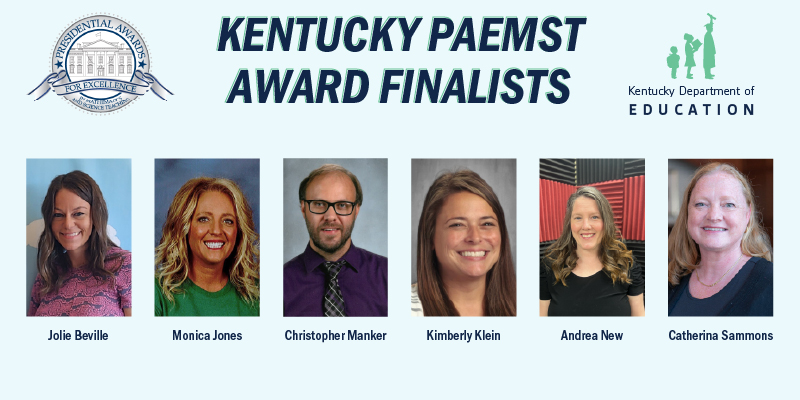The National Center for Earth and Space Science Education has announced the Student Spaceflight Experiments Program (SSEP) Mission 16 to the International Space Station. Students across the country will have an opportunity to design and propose microgravity experiments to fly in low-Earth orbit on the International Space Station (ISS).
One experiment in each community will be selected to fly to the ISS on a SpaceX Falcon 9 rocket launching from NASA’s Kennedy Space Center in Florida. Astronauts aboard ISS will operate the experiment for 4-6 weeks before it is returned to Earth and the community’s student flight team for analysis.
A community can also can engage hundreds of students in mission patch art and design competitions, with two patches selected to fly with the flight experiment.
It is an expectation that a team of educators in a participating community will engage typically 300 students in grades 5-12 (with a minimum of 100 students) over nine weeks of experiment design and proposal writing spanning Sept. 1-Nov. 3, 2021. Students across the community are separated into teams of 3-5 students, with each team designing a microgravity experiment in a science discipline of their choice. Teams should create a formal proposal making the case for why their experiment should be selected for flight to ISS.
The Student Spaceflight Experiments Program provides a fully authentic research competition as a STEM project based learning experience. Launch of the Mission 16 flight experiments is currently projected for Spring 2022. Mission 16 occurs across the 2021-2022 academic year.
Complete program details and how to explore this opportunity for your community are available on the SSEP website.




Leave A Comment